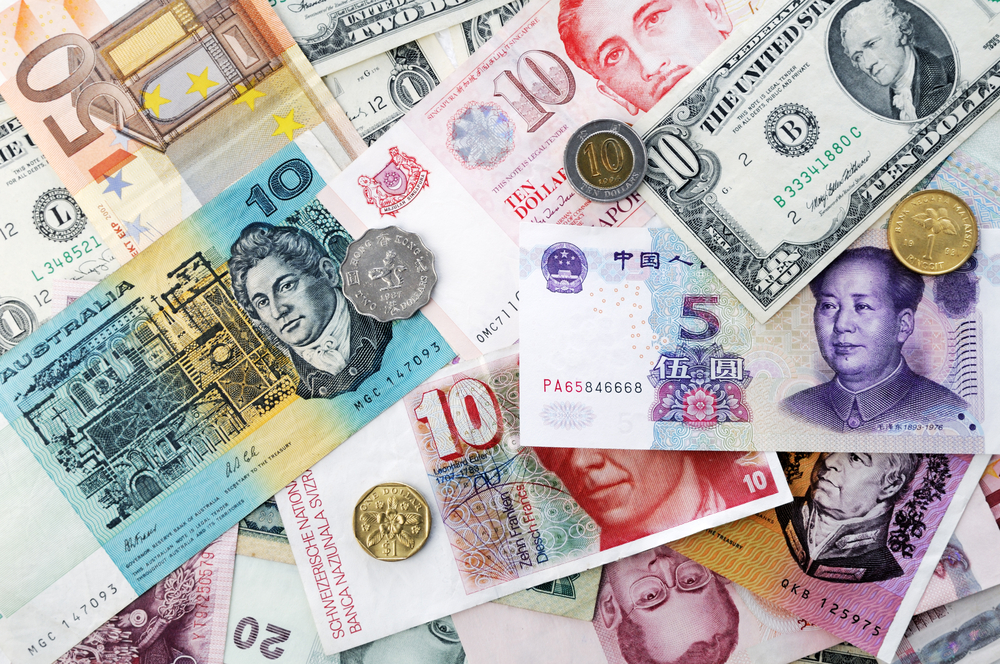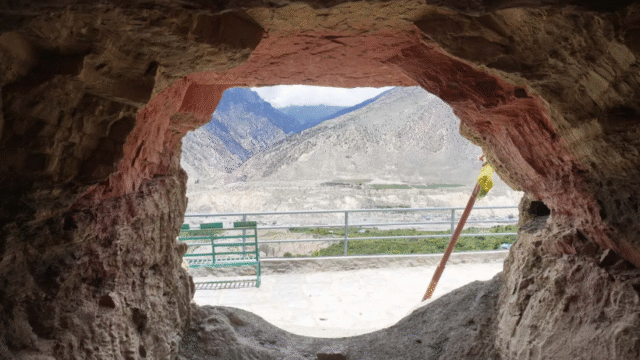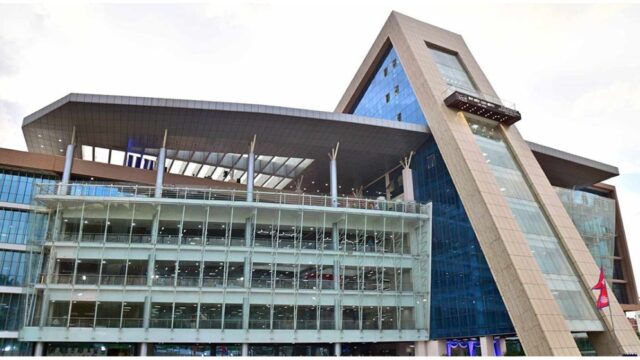Nepal Rastra Bank (NRB), the central monetary authority of Nepal, has announced the official foreign exchange rates for today. According to the latest update, the exchange rate for the United States Dollar (USD) remains unchanged, continuing its trend of stability in recent days. As per the NRB’s published rates, the buying rate for one US dollar stands at NPR 136.30, while the selling rate is NPR 136.90. This consistency in the dollar’s rate reflects relative stability in the currency market, especially given the fluctuations observed in other global currencies.
Nepal Rastra Bank Exchange Rate
The exchange rate for one unit of the European Euro (EUR) has been fixed at NPR 151.27 for buying and NPR 151.94 for selling. Similarly, the British Pound Sterling (GBP) continues to show strength, with a buying rate of NPR 179.40 and a selling rate of NPR 180.19. The Swiss Franc (CHF) also saw a slight adjustment, with its buying rate set at NPR 161.37 and selling rate at NPR 162.08.
In the Asia-Pacific region, the Australian Dollar (AUD) is being exchanged at NPR 87.13 for buying and NPR 87.51 for selling. The Canadian Dollar (CAD) has been priced at NPR 97.50 for buying and NPR 97.93 for selling. Meanwhile, the Singapore Dollar (SGD) is trading at NPR 104.32 and NPR 104.78 for buying and selling respectively.
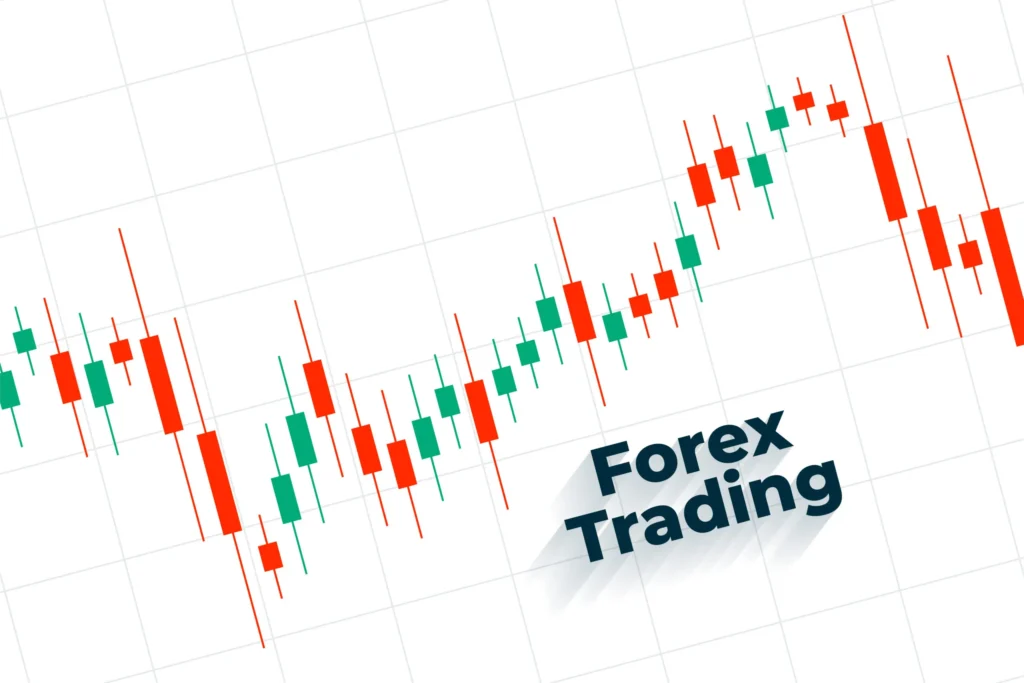
For other Asian currencies, the exchange rate for 10 units of Japanese Yen (JPY) has been set at NPR 9.20 for buying and NPR 9.24 for selling. The Chinese Yuan (CNY) stands at NPR 18.92 for buying and NPR 19.00 for selling. The Saudi Arabian Riyal (SAR) is being exchanged at NPR 36.34 for buying and NPR 36.50 for selling. Similarly, the Qatari Riyal (QAR) is valued at NPR 37.39 for buying and NPR 37.56 for selling.
Additional exchange rates released by NRB include the Thai Baht (THB), which is priced at NPR 4.07 for buying and NPR 4.09 for selling. The United Arab Emirates Dirham (AED) is fixed at NPR 37.11 for buying and NPR 37.27 for selling. The Malaysian Ringgit (MYR) is set at NPR 31.72 for buying and NPR 31.86 for selling.
South Korea’s currency, the Korean Won (KRW), is trading at NPR 9.60 for buying and NPR 9.64 for selling per 100 units. Among Scandinavian currencies, the Swedish Krona (SEK) is valued at NPR 13.89 for buying and NPR 13.95 for selling. The Danish Krone (DKK) is fixed at NPR 20.28 for buying and NPR 20.37 for selling.
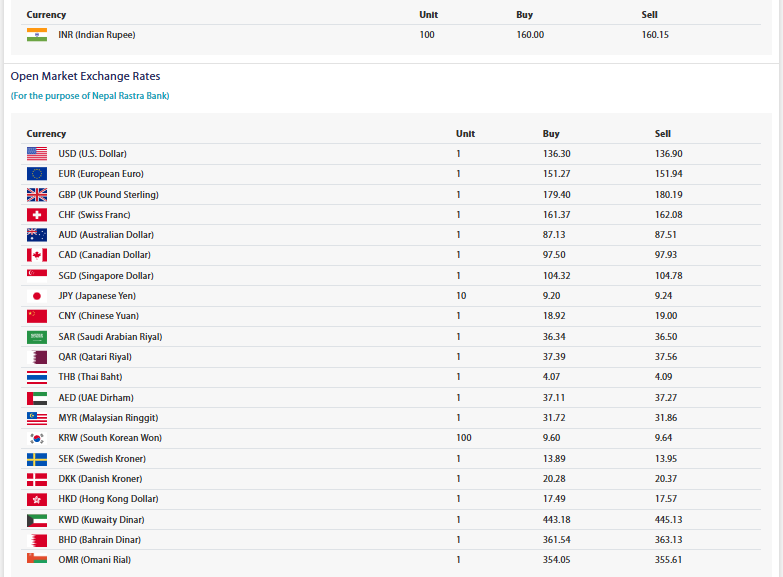
Hong Kong Dollar (HKD) is also among the currencies listed, with a buying rate of NPR 17.49 and a selling rate of NPR 17.57. Among Gulf countries, the Kuwaiti Dinar (KWD) continues to be the highest-valued foreign currency in the Nepalese market, with a buying rate of NPR 443.18 and a selling rate of NPR 445.13. The Bahraini Dinar (BHD) is set at NPR 361.54 for buying and NPR 363.13 for selling, while the Omani Riyal (OMR) has a buying rate of NPR 354.05 and a selling rate of NPR 355.61.
For the Indian currency, which is frequently used in Nepal due to open-border transactions, NRB has fixed the exchange rate of INR 100 at NPR 160 for buying and NPR 160.15 for selling. This exchange rate plays a crucial role in cross-border trade and daily transactions, especially in the southern parts of Nepal.
Nepal Rastra Bank has also clarified that these official exchange rates are subject to revision based on market conditions and can be modified at any time as needed. While the central bank provides standard rates for foreign currency exchange, it has mentioned that individual commercial banks may offer slightly different rates based on their own internal policies and market fluctuations. The NRB has advised the public and stakeholders to refer to its official website for the most updated exchange rates.

This regular publication of exchange rates by the central bank helps maintain transparency and stability in the foreign exchange market, benefiting not only traders and businesses but also individuals involved in foreign travel, remittance, and cross-border transactions. With global economic dynamics constantly shifting, NRB’s role in managing currency exchange remains vital for Nepal’s financial ecosystem.
As of now, the foreign exchange rates continue to reflect Nepal’s economic interactions with major trading partners and international financial markets. Analysts suggest that while the USD remains stable, attention must be paid to emerging trends in European and Gulf currencies, which could influence Nepal’s remittance flow and import-export balances in the coming months.
Nepal Rastra Bank’s timely release of the foreign currency exchange rates provides an essential benchmark for economic planning and decision-making for both individuals and institutions. By monitoring these rates, businesses and travelers can better manage their expenses and transactions in foreign currencies.
